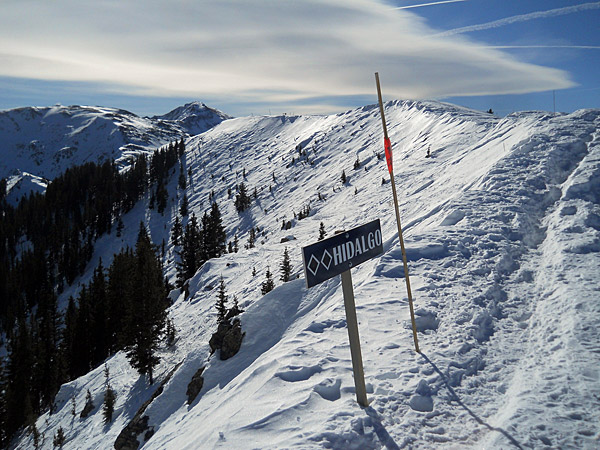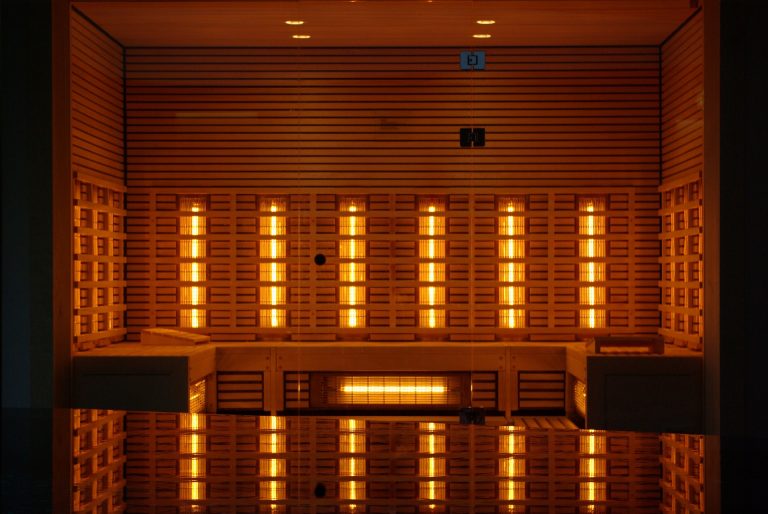One other thing to keep in mind is kind of mental. Start breathing deeply and hard early, right as you start hiking rather than waiting until you feel you need to. I live in Santa Fe and work and recreate regularly at 10k’ to 13k’ and I have to breathe hard when going up hill (backcountry skiing, climbing, hiking, biking, etc. My avatar pic was taken over 12k’ and I’m smiling) and I believe it’s very advantageous to anticipate heavy breathing and start deep breathing just as soon as I start up. Since I’m expecting it and I start deep breathing immediately it doesn’t freak me out. Hell, I even breathe deep just going up stairways at the ski areas, it’s automatic for me. But I see people all the time that don’t expect it and they get freaked out by it, even trying not to breathe hard, because, hey, they’re just walking up from the parking lot.
Also, pace yourself - time your breathing to your steps. Going up I start out taking a breath in every time my right foot goes down, then breathing out the next time I put my right foot down. When I start exerting pretty hard I’ll change that to breathe in when my right foot goes down, then out for my left foot. And - this is key - I control my speed so that is adequate. IOW, I slow my pace down to keep the breathing aligned with my pace, that way I don’t have to stop.
Also, diaphragm strength is, IMO/IME, something you build up like any other muscle, so that’s a real advantage to aerobic training - your diaphragm is used to deep breathing.



